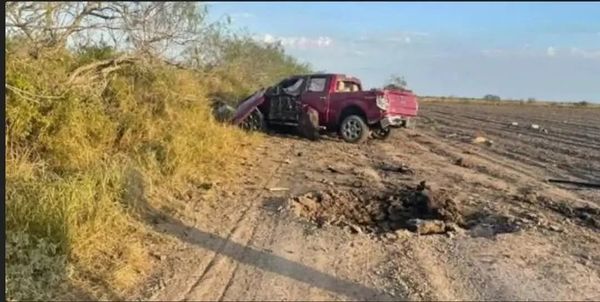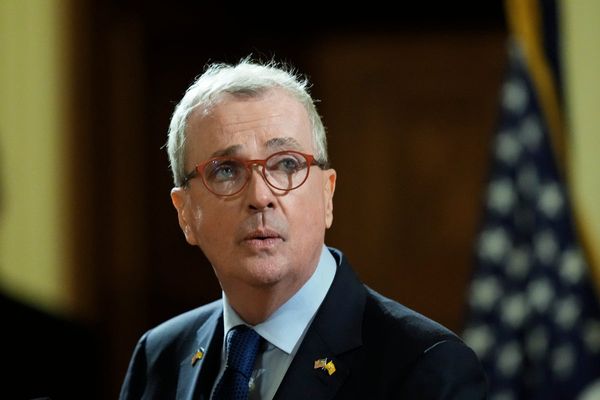Matthew McGranahan lives in the inner north of Canberra, close to the city centre.
Light rail is just a few hundred metres away, and he likes to ride his electric scooter around town when he needs to get groceries or meet up with friends for coffee.
When he goes to work in Fyshwick, on the other side of the city, he spends about an hour on the bus to get there. The car he needs to use for his job remains at his workplace.
"My preferred mode is probably light rail or e-scooter," he said.
"Part of it is stress in the morning — making that commute — everyone's trying to get to where they need to by 8:30am or 9am and sometimes people lose their cool.
"But there's also that environmental factor, that does play on my mind. One person in a car is obviously not that good for the environment."
But Mr McGranahan is a rare individual in Canberra — the sprawling city, made up of suburbs spread out among grassland, is one that is heavily reliant on cars to get around.
But a recent conversation around apartment car parking has sparked debate about vehicle usage in the capital.
The ACT government has introduced a draft proposal that would allow developers to pitch alternative parking options — which could mean fewer spaces — as greener modes of transport are encouraged.
It poses a question about how Canberra can evolve into a place that is less reliant on four wheels.
The independence and burden of a car
Matthew knows that he may not always be able to get by without a car.
"Obviously, I don't have kids and I don't have a huge amount of commitments that require me to go to lots of different places in a short amount of time," he said.
"So I can fit that travel via public transport in a lot easier.
"If work changed, or I had to move further out, then I might be a lot more reliant on the car."
But even in the heart of Canberra, where public transport is readily available, the lack of car parking is an all too familiar issue for community group the Braddon Collective.
A hub of cafes, restaurants and bars, Braddon is a destination for Canberrans, especially on weekends, and those who make the trip often struggle to find a park.
The group has been lobbying ACT government to address the build-up of cars in the area, which residents say is ruining the suburb.
"It creates a choked environment, full of cars," group member Nick Seefried said.
"It does make it unsafe, it does make it unpleasant for those that live here.
"What we need is design to stop cars going up on verges, to stop double-parking, [and] people parking in front of people's houses."
Fellow member Susan Davidson said while locals were in support of greater density, they were concerned the streets were becoming more dangerous.
"We're getting the density occurring, without that planning for the density, that liveability planning," Ms Davidson said.
"There are no arrangements around parking ... it's making streets dangerous for pedestrians and elderly people trying to cross the road."
Warnings of 'middle-class warfare'
The ACT government says it is exploring the ways by which cars could be less of a necessity in the city.
They are preparing to hold a "car-free day" in spring, to coincide with World Car-Free Day.
People will be encouraged to travel to the event using sustainable transport options and will be urged to rethink how they use their car more broadly.
The government is also exploring easing parking requirements for new residential developments in its draft new Territory Plan and District Planning Strategies.
"We are not removing parking requirements; instead we are making sure that there is enough transport choice for residents that a car isn't their only option," a government spokesperson said.
"With this in mind, what will change under a reformed planning system is that developers will have the opportunity to put forward an argument as part of their development application why fewer car parks might be required by residents of their building.
"The ACT government's approach through this planning reform is to support a range of options so that Canberrans can choose how they live and commute."
ACT vice chairman of the Chartered Institute of Logistics and Transport Michael de Percy said while encouraging people to use their cars less was a worthy goal, the plan could have unintended consequences.
He said an initiative that discouraged the use of a car could become a form of "middle-class welfare" that mainly benefited those living in the inner suburbs, who were closer to public transport, work and shopping centres.
"One of the problems is that Canberra is a city that was built for the car," Dr de Percy said.
"One of the key issues is that it needs to be fair so that it doesn't end up being that you're subsidised in the inner city for living without a car.
"Whereas in the outer suburbs ... your taxes are subsidising somebody else to have access to public transport and infrastructure."
Dr de Percy said the goal of reducing cars was a worthy one.
"It has been achieved in some places, such as London, even the inner west of Sydney, Shanghai and Seoul, Korea — in these places, you don't need a car," he said.
"It depends how it's done, and this is where some good planning ideas need to be explored."
Public transport, he said, was key, including more frequent bus services.
Canberra's bus network has plagued the ACT government for years, with both worker strikes and gaps in timetables causing havoc.
Dr de Percy said the city could learn from others around the world that do not rely on timetables at all, and simply ensure buses come through at regular intervals.
"One way [these issues] can be addressed is to increase the frequency of bus services," he said.
"In places like Palmerston, for example, there are times when there is over an hour with no bus service still to this day. So if you live in Palmerston, which is one of the most densely populated suburbs, you need a car."
'If you build for cars, you get cars'
Mr McGranahan said he knew from experience the challenges of living in some outer areas of Canberra.
"I used to live in Chisholm, and I feel like you're totally restricted to a car down there — it's not pedestrian friendly and it's not great public transport," he said.
For the Braddon Collective, the hope is that these issues are resolved for areas beyond the centre of Canberra, so that people can travel by public transport and better enjoy their streets.
The group argues public transport should be in place to cater to the growing population, rather than retrofitted after that development has occurred.
"Everybody knows if you build for cars, you get cars," Mr Seefried said.
"When you're planning density you plan the public transport to accommodate it," Ms Davidson said.
"It's not just about one suburb, it's about the whole."







